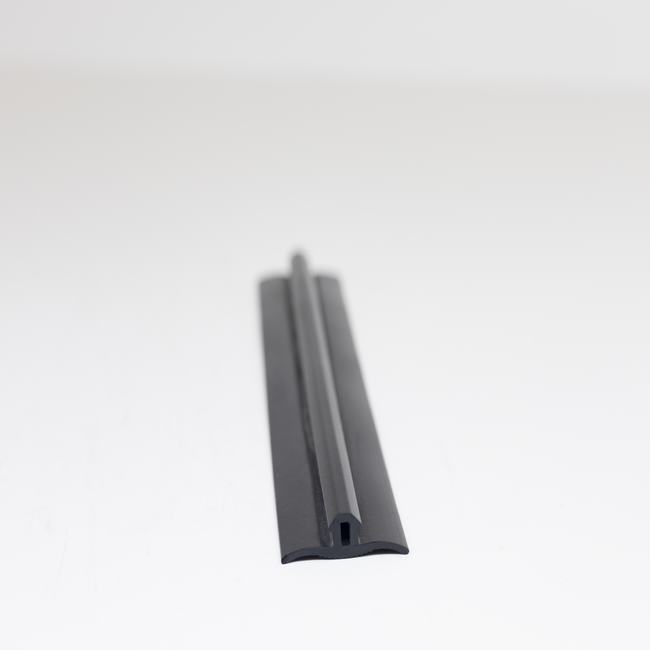EPDM (Ethylene Propylene Diene Monomer) rubber seals, often referred to simply as EPDM seals, are versatile sealing components made from a synthetic rubber material known for its exceptional resistance to weathering, ozone, UV radiation, and a wide range of chemicals. EPDM rubber is highly durable and flexible, making it suitable for various sealing applications. Here’s more information about EPDM rubber seals:
1. Material Characteristics:
- Weather Resistance: EPDM rubber seals are renowned for their excellent resistance to weathering, including exposure to sunlight, ozone, and temperature fluctuations. They perform well in outdoor and long-term exposure applications.
- Chemical Resistance: EPDM seals offer good resistance to acids, bases, alcohols, ketones, and many other chemicals. However, their compatibility with specific chemicals should be verified for the intended application.
- Flexibility and Elasticity: EPDM rubber is highly flexible and elastic, allowing seals to conform to irregular surfaces and maintain a tight, reliable seal, even under compression.
- Water and Steam Resistance: EPDM rubber is suitable for applications involving water and steam, as it resists moisture absorption and maintains sealing integrity in wet conditions.
2. Applications:
EPDM rubber seals are used in a wide range of industrial, automotive, architectural, and commercial applications, including:
- Automotive: EPDM seals are commonly used in the automotive industry for door seals, window seals, gaskets for engines and transmissions, and weatherstripping.
- Building and Construction: In construction, EPDM seals find use in window and door seals, roofing systems, curtain walls, expansion joints, and other architectural applications.
- Industrial Equipment: EPDM seals are employed in various industrial equipment, including pumps, valves, compressors, and tanks, to ensure leak-free operation.
- HVAC Systems: They are used in heating, ventilation, and air conditioning (HVAC) systems for sealing ducts, pipes, and components.
- Water and Wastewater Systems: EPDM seals are used in pipes, fittings, and couplings for water distribution, sewage systems, and other fluid-handling applications.
3. Types of EPDM Seals:
There are various types of EPDM seals designed to suit specific applications, including:
- Solid EPDM Seals: Solid EPDM seals are continuous, homogeneous sheets of EPDM rubber that can be cut into the desired shape and size for flat sealing applications.
- Sponge EPDM Seals: Sponge EPDM seals have a cellular or sponge-like structure, providing cushioning and compression properties. They are used in applications requiring a softer and more resilient seal.
- Extruded EPDM Seals: Extruded EPDM seals are manufactured by extruding EPDM rubber into specific shapes and profiles, such as O-rings, cords, channels, and custom profiles.
4. Installation and Maintenance:
Proper installation of EPDM seals is essential to ensure an effective seal. Maintenance involves regular inspections for signs of wear, damage, or deterioration due to exposure to environmental factors or chemicals. Damaged seals should be replaced promptly to maintain sealing integrity.
In summary, EPDM rubber seals are highly versatile and widely used for their outstanding weather resistance, flexibility, and chemical resistance. They provide reliable sealing solutions for a diverse range of applications in various industries, ensuring protection against moisture, air, and environmental factors.









